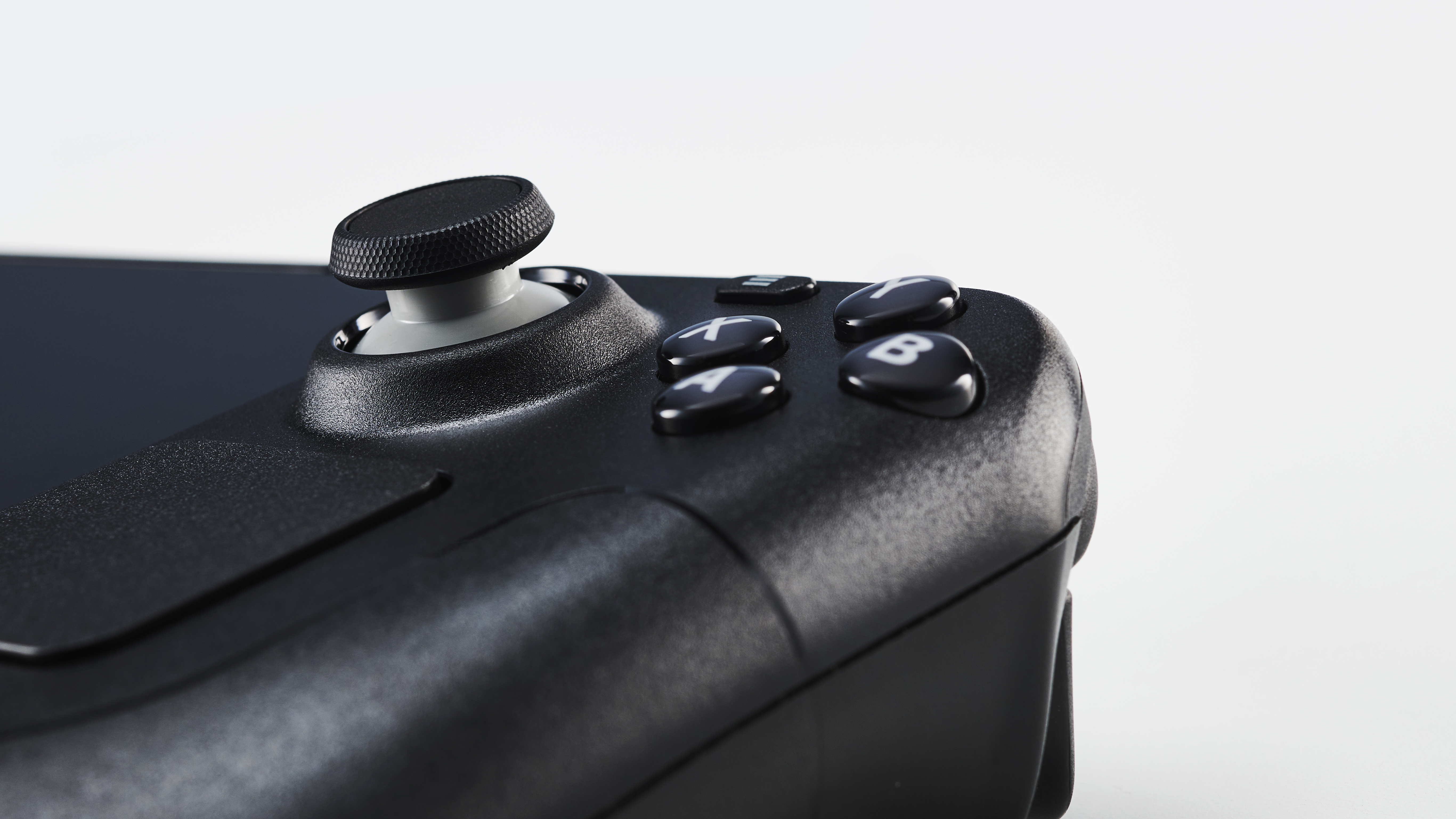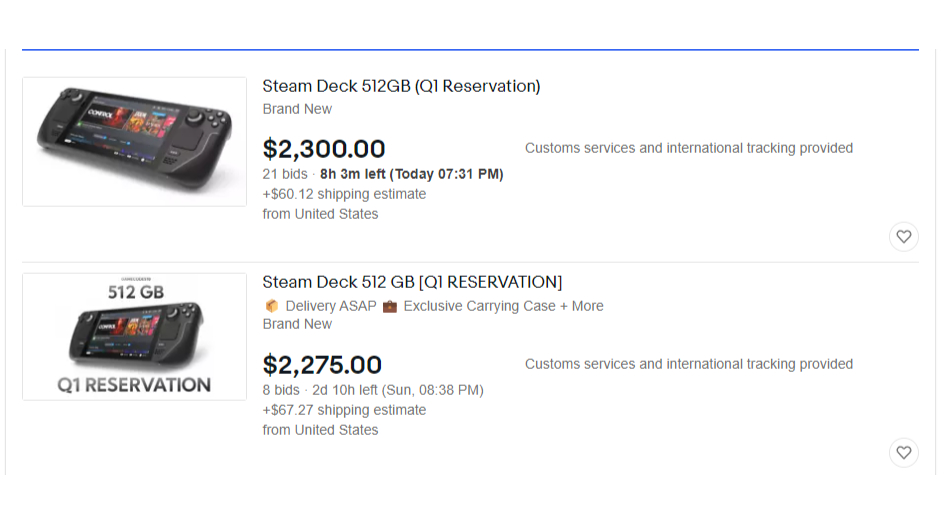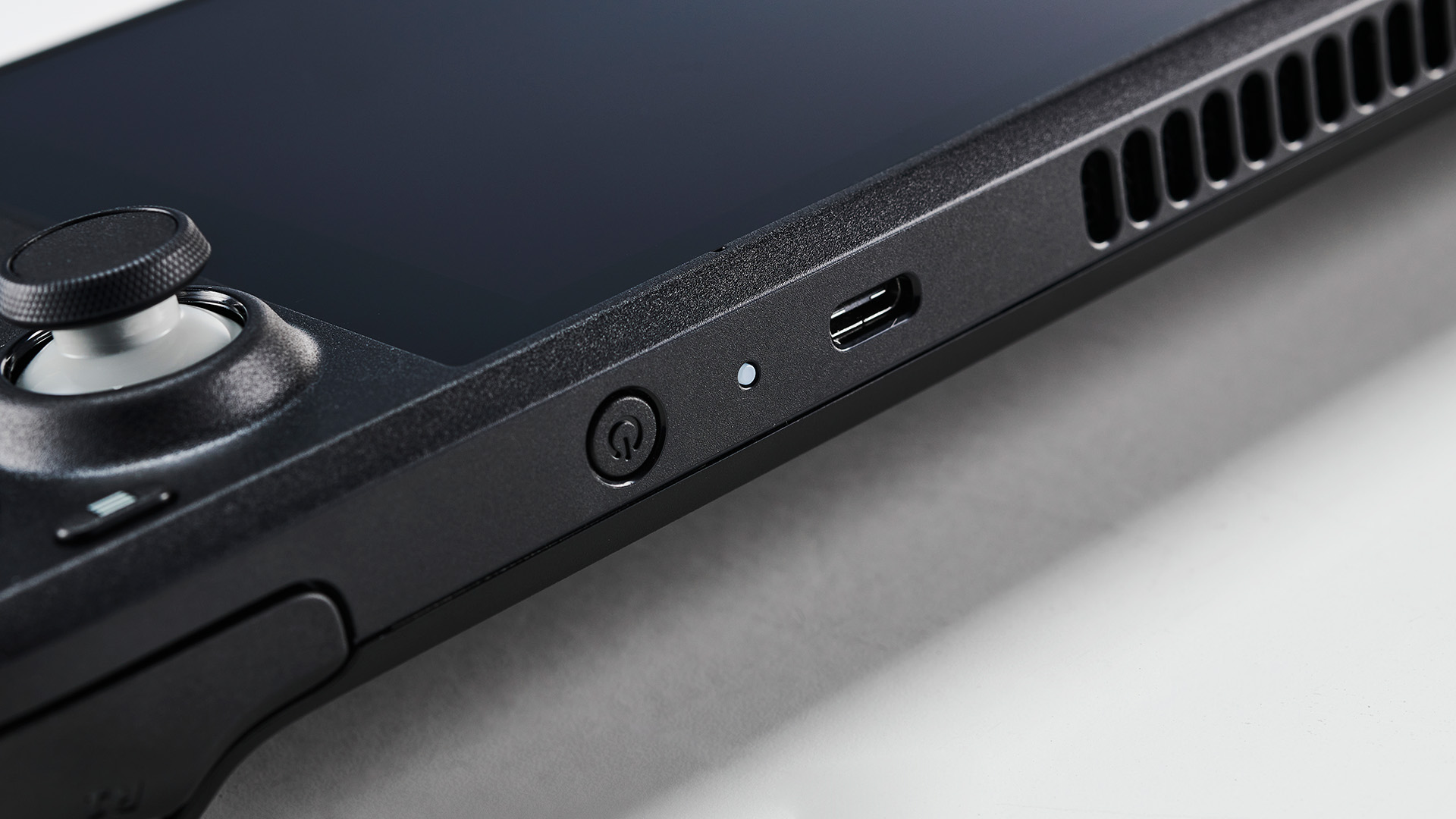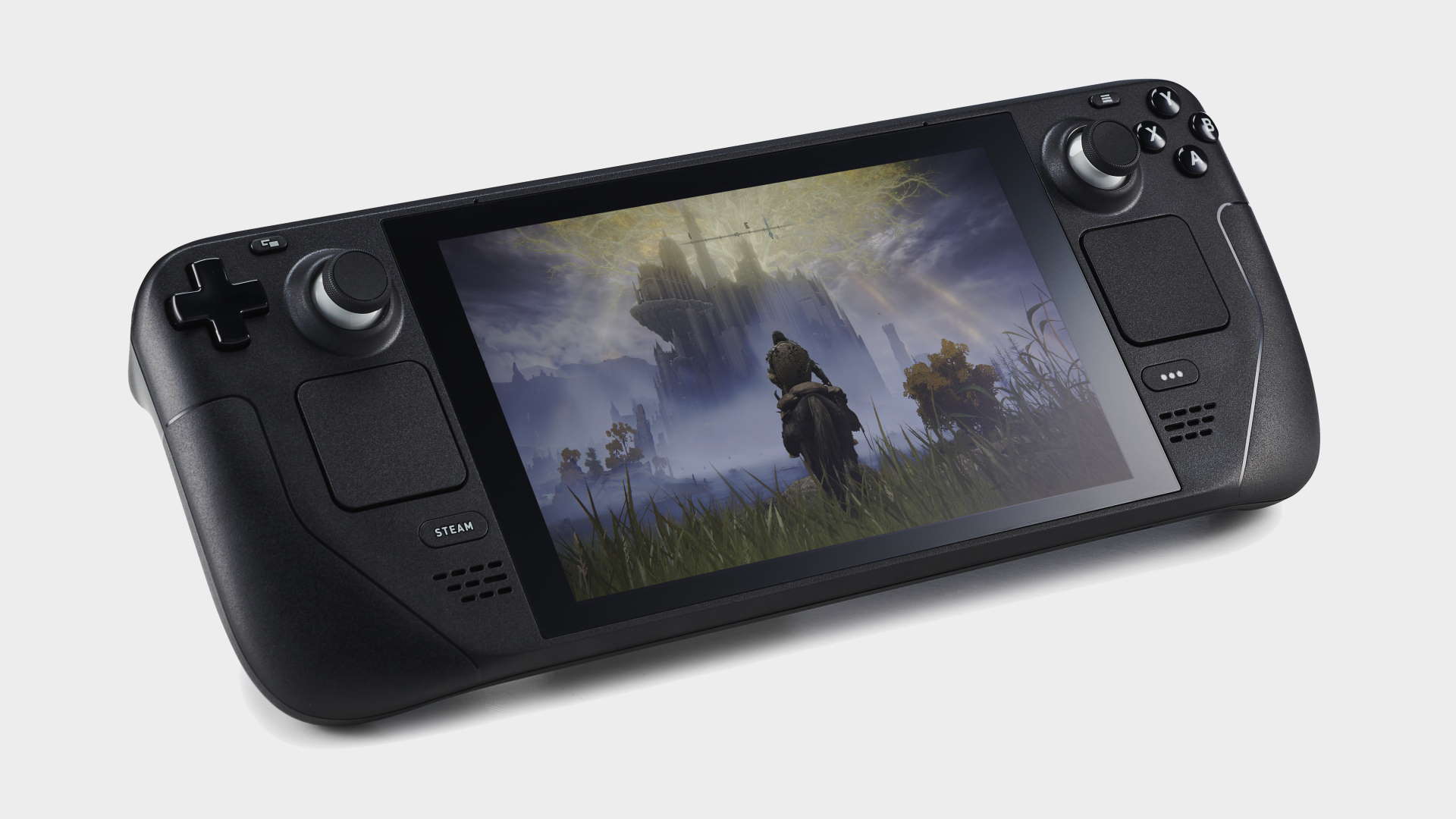The Steam Deck's most impressive feature is its price tag, so don't spend thousands on one
The Steam Deck's specs list doesn't mean much if not for its awesome price point.

Valve's Steam Deck will sell on eBay for thousands of dollars upon its release. This I know for sure. If there's anything these past two years have taught me about supply and demand, it's that new and exciting hardware that only a fêted few can get their mitts on at launch is a recipe for reselling.
The Steam Deck is no doubt an in-demand fascination for PC gamers, and that's perhaps made worse by the fact you needed to have signed up for one last summer to be in for a chance to actually buy one in these next 24 hours. If you registered your interest with Valve for one now you might be looking at a lengthy wait—it's unlikely you'd receive a Steam Deck until next year, unless the global chip supply shortage massively clears up before then (which it might, a bit).
We actually thought for a long time, almost the entire dev process, that price was going to be important.
Greg Coomer, designer
So those with Q1 2022 reservations are kids with golden tickets to Gabe Newell's chocolate factory, though that sounds kind of weird. Still, a few out of that lot are sure to be real Slugworths.
When I say I'm sure the Steam Deck will sell on eBay for heaps of cash, as well, that's partially because it already is, sort of. You can already find Steam Deck Q1 reservations going for over $2,000 on eBay with bids on them. Whether those bids are genuine it's yet to be seen—graphics card resellers were being outbid on items by users with no intention of actually paying the inflated price for a card, with the sole intention of causing resellers hassle to relist their items and try again.
These reservations are unable to even guarantee they're a part of the first-wave of Steam Deck reservations to be fulfilled, only that they'll be able to secure one sometime in Q1, 2022. And that's just a reservation: just wait until some users actually confirm their orders and are first in line to receive a real Steam Deck, or better yet, actually have one in hand.
Whether you pay $1,000, $2,000, or $10,000 for a Steam Deck, though, it's all too much money.

The Steam Deck is a clever amalgamation of parts and silicon from PC gaming today, with a healthy dose of Linux magic sprinkled on top. The APU that powers the whole thing, Aerith, is an AMD designed and TSMC produced chip built on the Zen 2 CPU architecture and RDNA 2 GPU architecture. The Zen 2 architecture is the same as the one found readily in the older Ryzen 3000-series CPUs, and RDNA 2 in Radeon RX 6000-series graphics cards.
The biggest gaming news, reviews and hardware deals
Keep up to date with the most important stories and the best deals, as picked by the PC Gamer team.
Now that's not a shake-down of the Steam Deck's specs list: it does a whole lot with a mild-mannered GPU at its core to deliver framerates that a PC gamer can appreciate, but it's also not worth over $1,000.
It's $649's worth, for the 512GB model. Then $529 for the 256GB model and $399 for the 64GB model. Valve has absolutely nailed the price tag of this device, and that's what makes it so alluring. Even the extraordinary measures Valve and AMD are going to optimise Linux and the drivers to extract every ounce of performance of the Steam Deck is to make it outperform what you'd expect from such a diminutive device.
Once you add another $400 or more onto the price tag, that performance/value proposition flies out the window.

"We actually thought for a long time, almost the entire dev process, that price was going to be important," Greg Coomer, Steam Deck designer, tells us. "We didn't really let ourselves think about it until later in the cycle, but we always knew it would be an important thing to get right."

Steam Deck review: Our verdict on Valve's handheld PC.
Steam Deck availability: How to get one.
Steam Deck battery life: What's the real battery life of the new device?
How loud is the Steam Deck? And will it pass the Significant Other test?
Steam Deck - The emulation dream machine: Using Valve's handheld hardware as the ultimate emulator.
"In the latter part of the development cycle, we had our eye on mostly that lower end price that we really wanted to maintain in order to make the device just as accessible to as many people as possible."
The handheld gaming PC concept isn't entirely new, either. There have been many devices before, like the Onexplayer, Aya Neo, and GPD Win 3. What these handhelds can't do, and which the Steam Deck can, is offer so much for so little. Each one costs around $1,000 or more. For that much cash you could buy a decent gaming laptop, one capable of delivering discrete graphics power in a compact package. Sure, it's not handheld, and it's not running SteamOS 3.0 out of the box, but it's going to deliver higher frame rates, at higher resolutions, and you could install Linux on it if you really wanted to.
My point isn't to demean the Steam Deck. Quite the opposite, in fact. I see the allure of why many people might want to get their hands on one, and that's only been bolstered by my own time with the Deck, running around in Horizon Zero Dawn. But its power doesn't come from its specs list, it comes from the price you pay for it. At $1,000+ it loses what makes it most exciting for PC gamers.

Jacob earned his first byline writing for his own tech blog. From there, he graduated to professionally breaking things as hardware writer at PCGamesN, and would go on to run the team as hardware editor. He joined PC Gamer's top staff as senior hardware editor before becoming managing editor of the hardware team, and you'll now find him reporting on the latest developments in the technology and gaming industries and testing the newest PC components.

